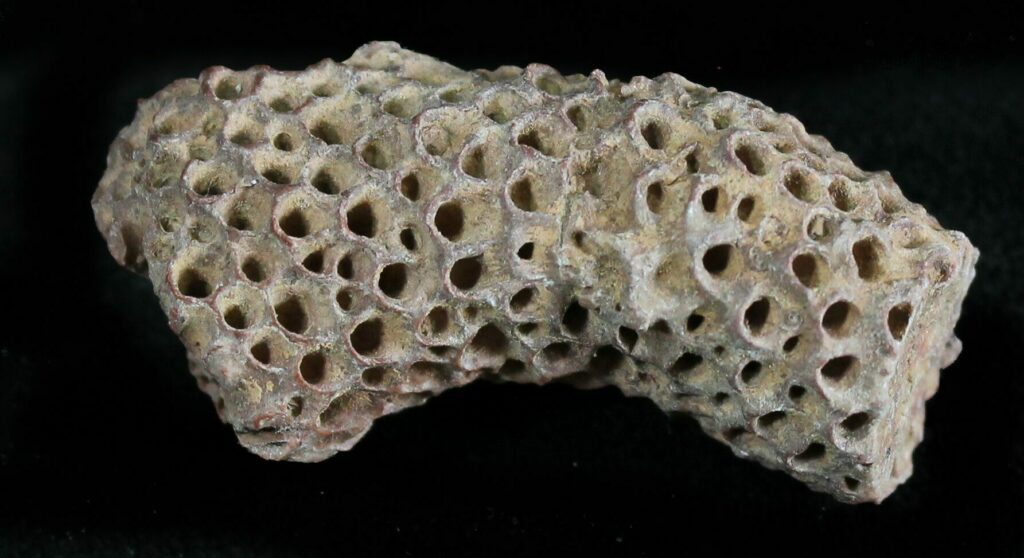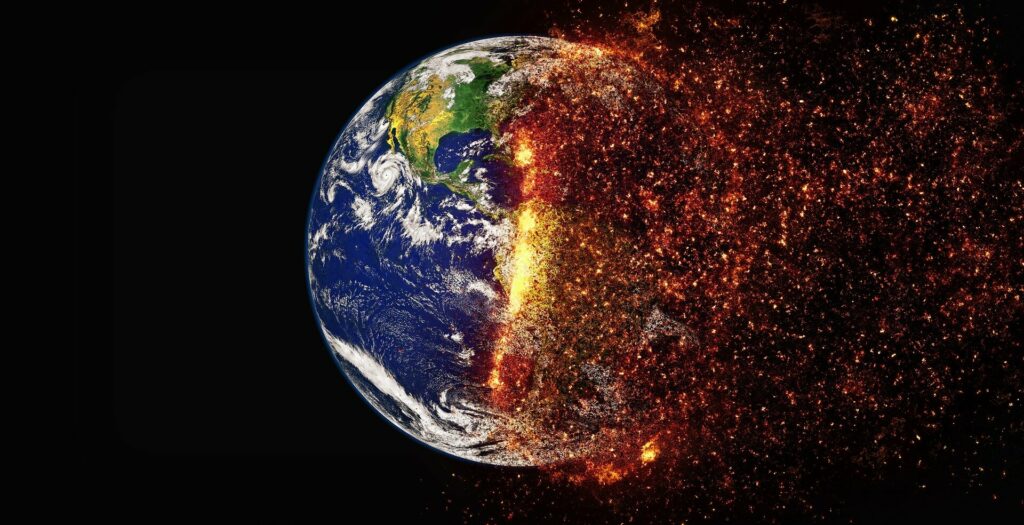We have previously noted that the climate models currently in use are too sensitive, meaning on average they predict too much warming from rising CO2 levels than we see in actual 20th and 21st century temperature data. And that, rather than fixing the problem, the newer shinier climate models are even worse. OK, you might think, but maybe they work better on the distant past when CO2 levels were far higher. Nope. According to a recent simulation of the Early Eocene Climate Optimum just over 50 million years ago when CO2 levels were three to nine times higher than at present, the new models overheat so much the land surface in the tropics would have exceeded 55 degrees C, higher than the tolerance limit for plant life, and inconsistent with the evidence of widespread tropical rainforests back then. It’s starting to look like a pattern.
Without meaning to, we seem to have begun a miniseries on the theme of new climate models running hotter than the older ones that already ran too hot. And no doubt there will be more entries to come. So now is as good a time as any to explain the term “CMIP6” which stands for Coupled Model Intercomparison Project #6.
Which might not seem to narrow the field much. But it’s important because these CMIPs are crucial to the modeling enterprise. You see, in the lead-up to any new IPCC report the world’s climate modeling labs run a CMIP, in which the modelers all submit model runs based on standardized inputs like greenhouse gases, solar changes, etc. By making sure the inputs are the same across all models, the IPCC and other scientists can compare the outputs from model to model.
For many years climate experts have been analysing the outputs of the CMIP5 project. But the modelers have been buying bigger and fancier computers and spending tens of millions of dollars upgrading their programs, and now the CMIP6 numbers are in. And Houston, we have a problem.
The title of the new paper puts it very plainly: “High climate sensitivity in CMIP6 model not supported by paleoclimate”. It’s bad enough, the authors note, that the Earth’s Equilibrium Climate Sensitivity or ECS has been unknown for so long, the 1979 Charney guesstimate of 1.5 to 4.5 C not having been narrowed in the 40 years since.
It’s worse that of the 27 shiny new models used for CMIP6, 10 now have an ECS above 4.5 C. When run against current conditions they are clearly too sensitive. But since today’s CO2 levels (about 400 parts per million) are still low compared to much of the Earth’s history, the authors thought, let’s feed in conditions observed 50 million years ago when CO2 was estimated to be over 1,600 parts per million for millions of years, and see what ECS looks like around those levels. (Which, as an aside, makes us wonder how the corals and the sea creatures survived if 400 ppm today is supposedly causing the oceans to become an acid bath. Or why the Eocene saw not mass extinctions but a flourishing of life.)
At any event, when they followed through on this thought experiment and simulated early Eocene conditions in the climate model, the whole world warmed too much, even when they used the lower end of the range of possible CO2 levels, and the tropics in particular warmed so much the rainforests would have dried up and died off. Unlike last summer’s phony Amazon wildfire scare, they really would have burned to the ground and never recovered. But they didn’t (last summer or in the Eocene). And if the models can’t even predict the known past, it would surely be foolish to believe they can reveal the unknown future.


